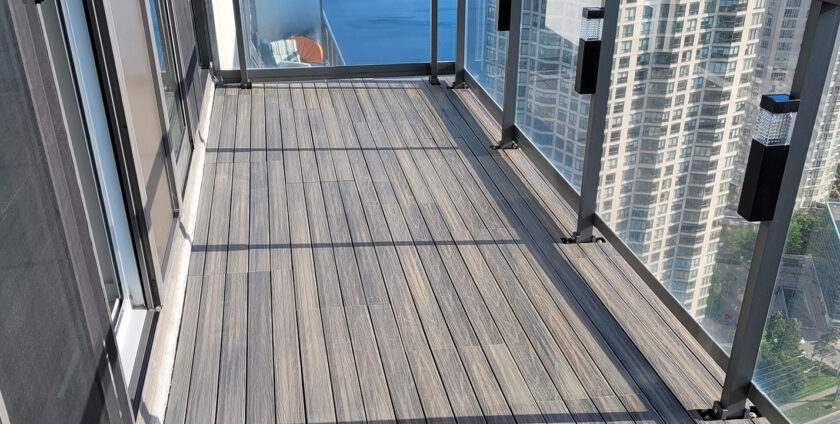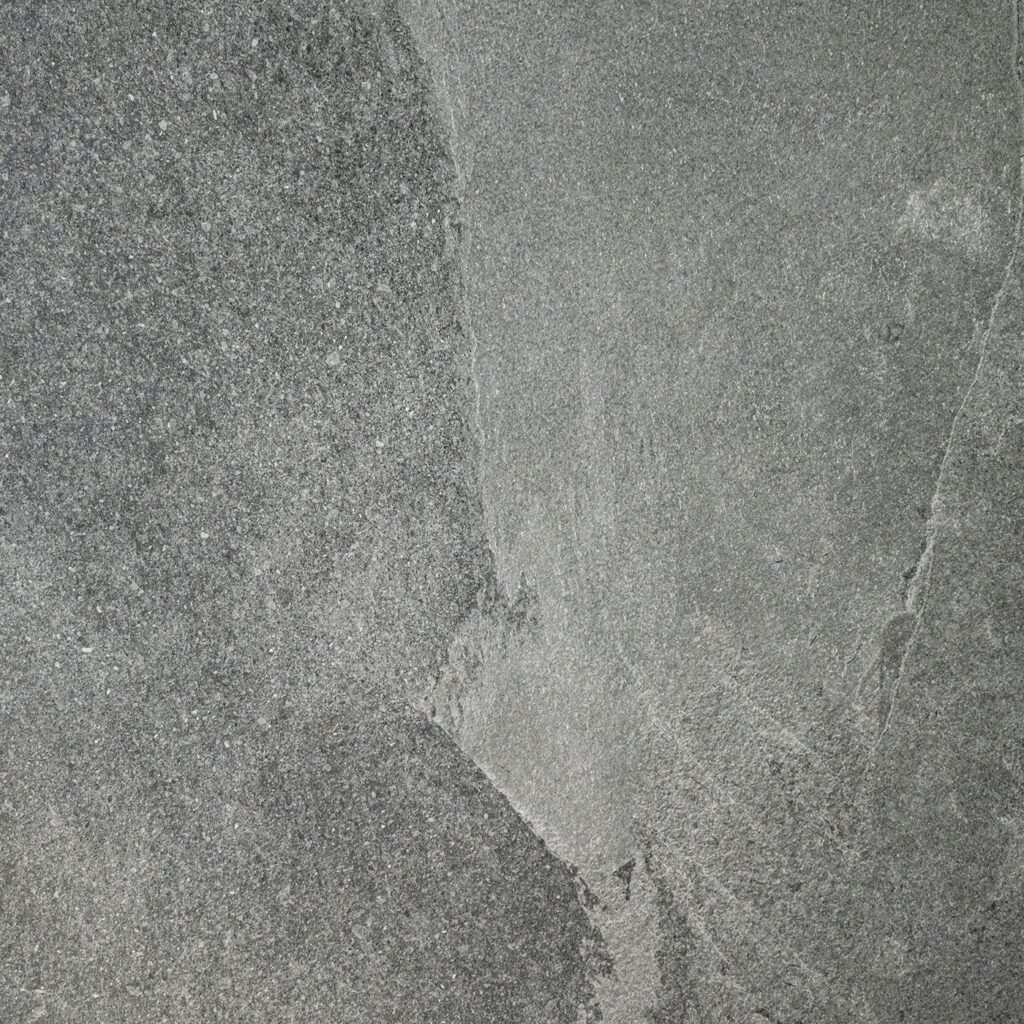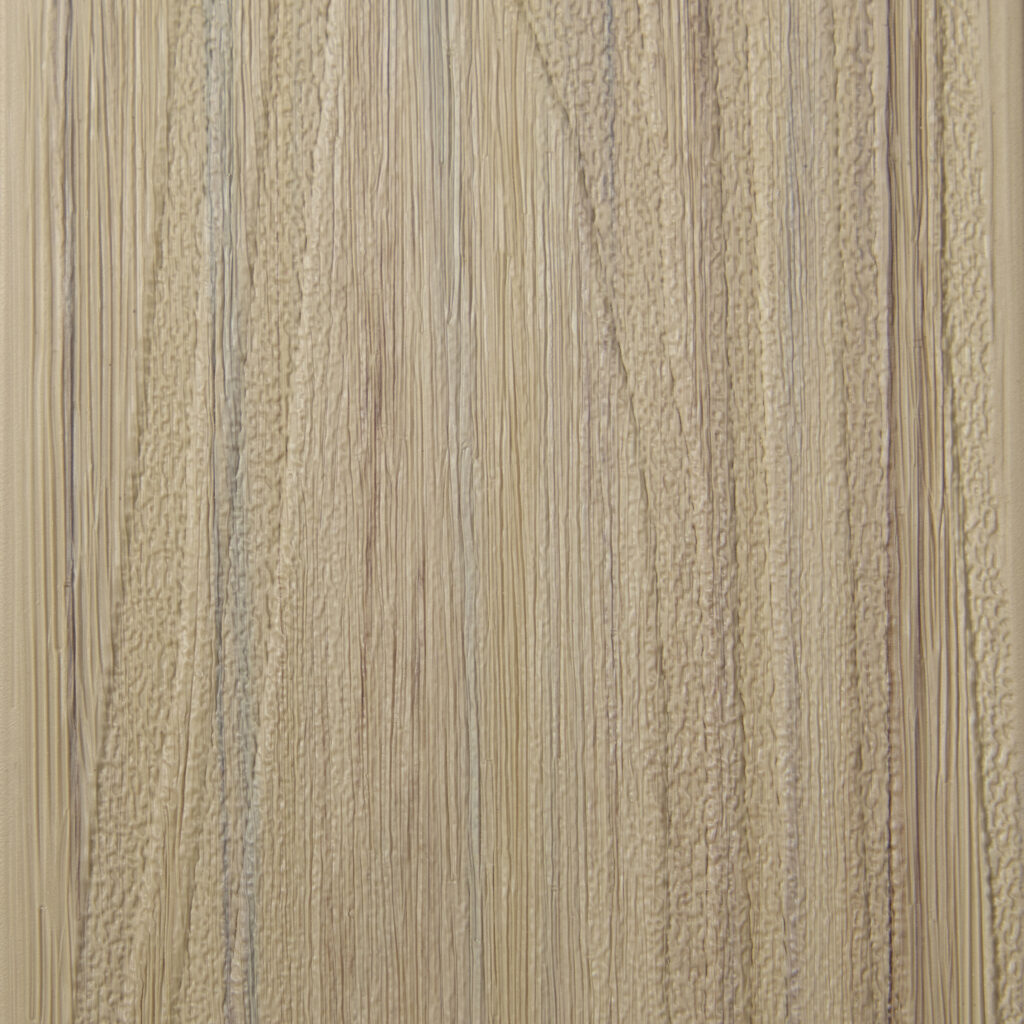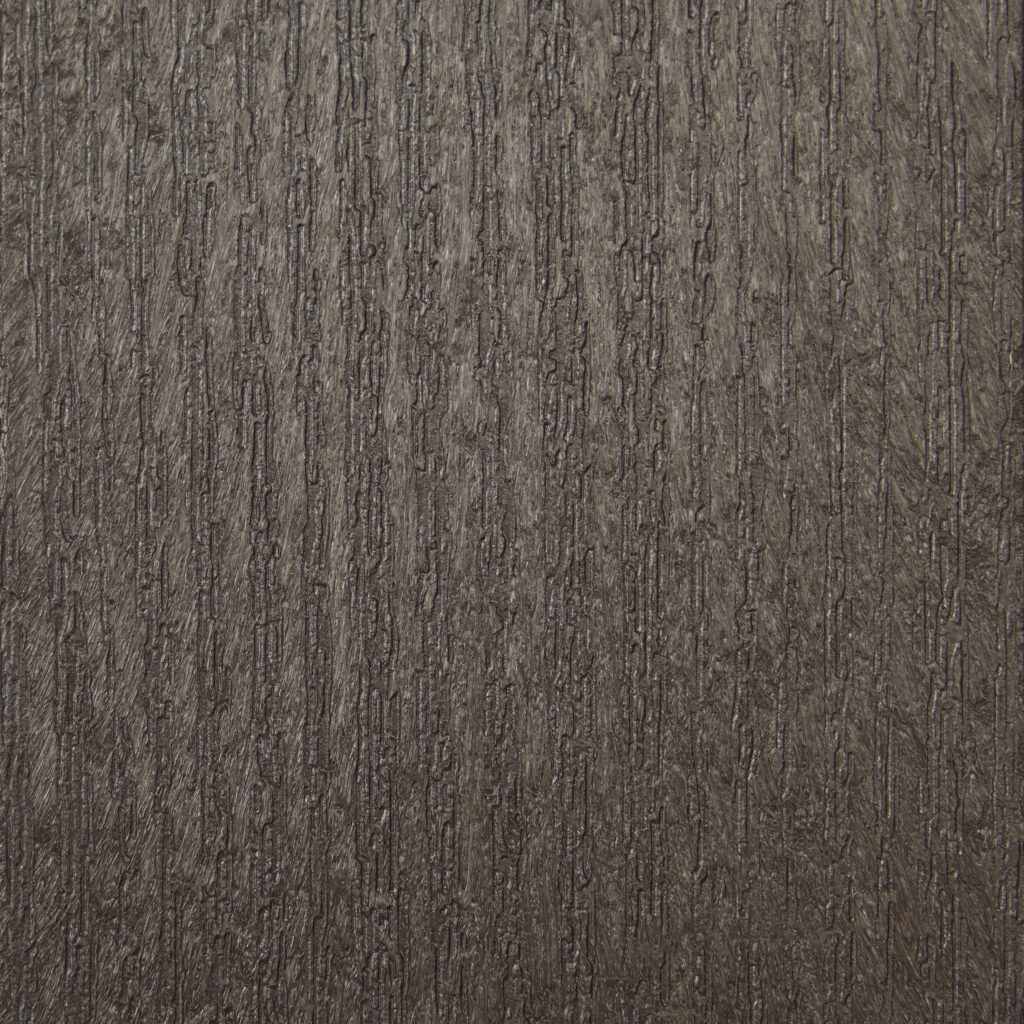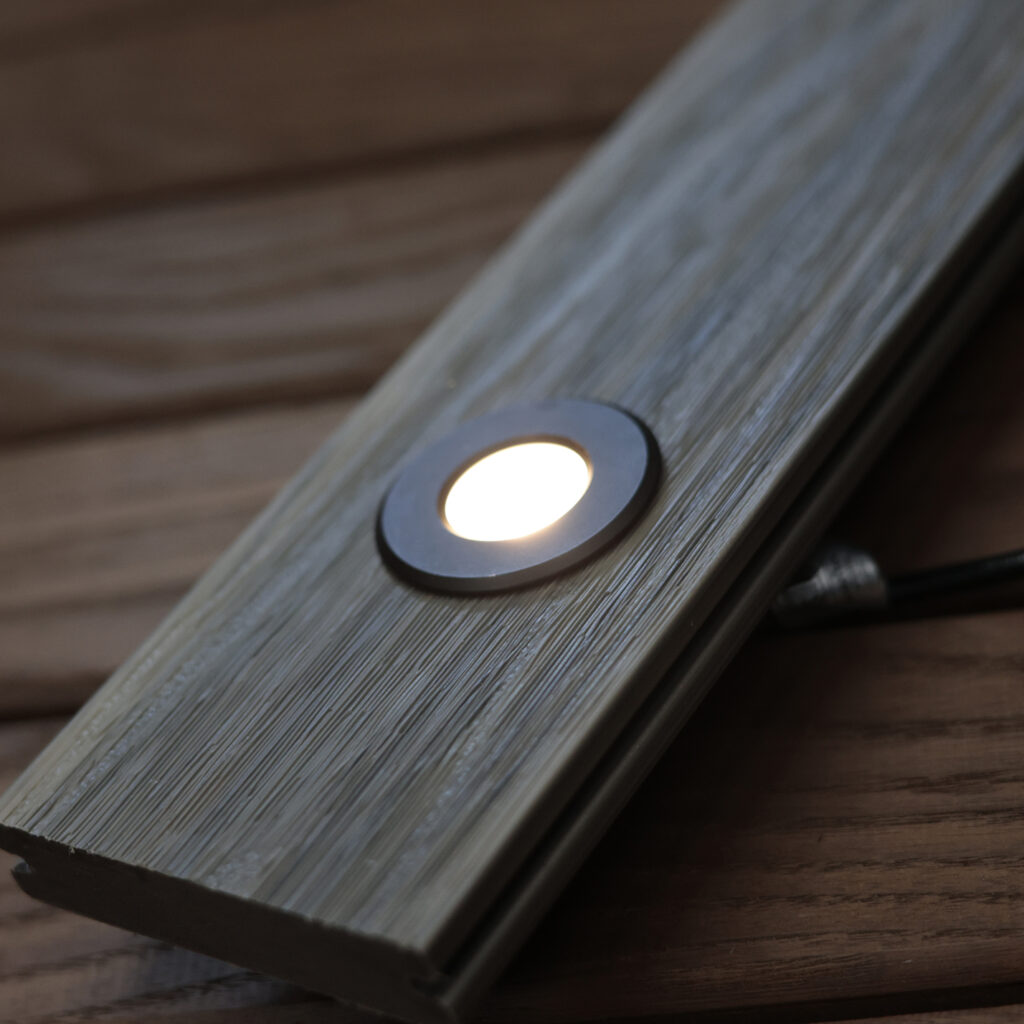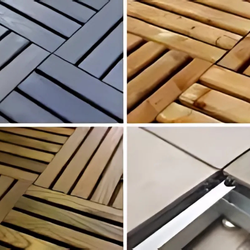Would you like to browse our deck tile products and accessories?
When upgrading your home or outdoor area, selecting the best material is vital. From traditional wood to vinyl, countless options are available, but one material gaining popularity is wood plastic composite (WPC). It is often considered durable, low-maintenance, and eco-friendly, but its initial cost is higher than many other materials. This raises the ultimate question: Is wood plastic composite worth the investment? Let’s analyze the breakdown of the costs and help you make an informed choice.
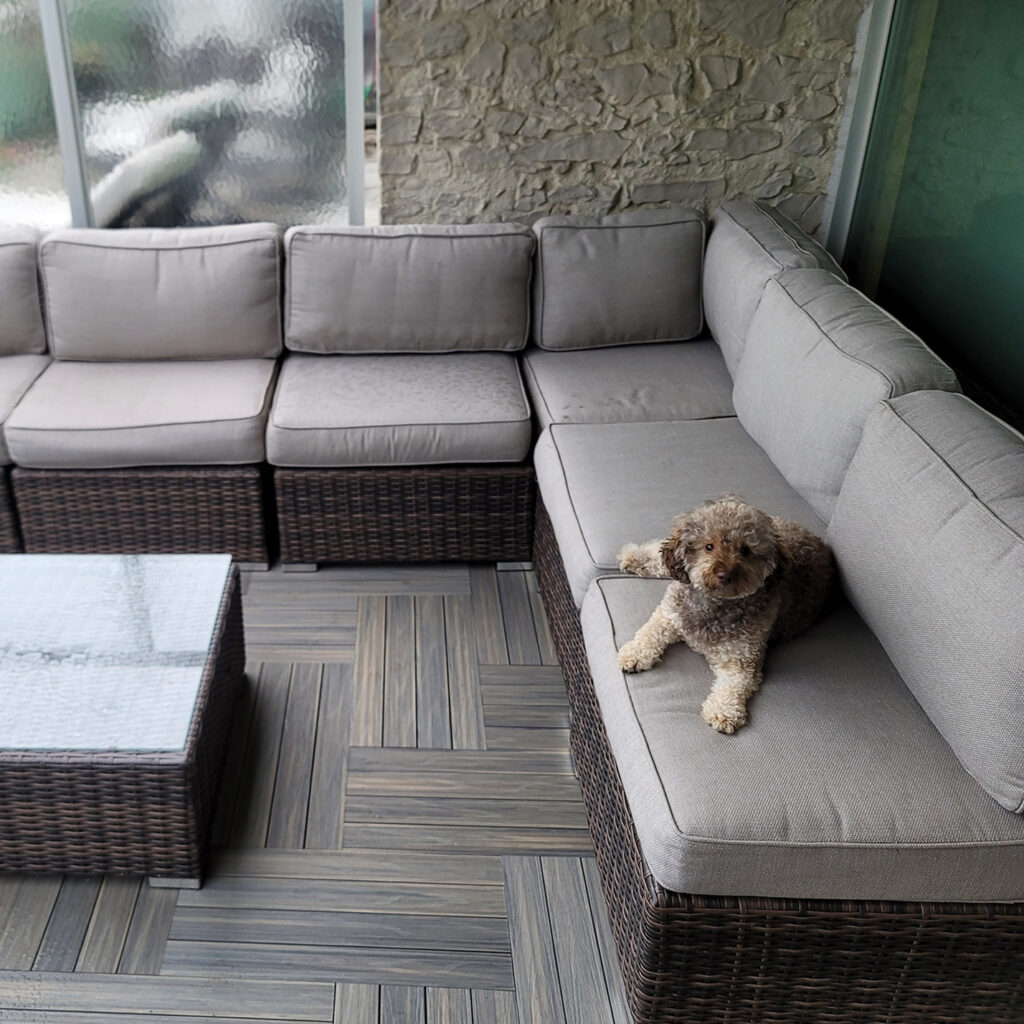
Unpacking the Costs: What’s Included in the Price?
Wood plastic composite (WPC) is typically a blend of wood fibers and plastic, crafted to mimic the appearance of wood. It lasts longer, is waterproof, and is eco-friendly, making it perfect for outdoor decking, fences, and furniture. Unlike real wood, it doesn’t rot or need much maintenance. Initially, it appears more expensive than traditional PVC. But still, the product is very valuable and that’s what we want you to know you are paying for!
Upfront Investment
Wood plastic composite normally tends to have a higher price per square foot as compared to natural wood. For example, let’s suppose a basic wooden deck costs $15 per square foot, but a WPC deck could range from $25 to $35 per square foot or vary as per market constraints. However, this cost includes added benefits like resistance to rot, termites, and moisture damage. As already said, Wood Plastic Composite is pricey but has much more value than natural wood and is long-lasting.
Installation Costs
Ensuring perfection while installing the WPC requires specialized tools along with professional expertise, which can increase labor costs. Unlike natural wood, it’s not as easy to work with even if you’re a DIY enthusiast. In simple words, if you are willing to place the decks on your own, it might cause errors during installation and hinder the process. Therefore, you often need the help of an expert. Once installed, WPC requires minimal maintenance, unlike materials such as wood that need regular staining or sealing.
Customization Add-Ons
Wood plastic composite comes in various colours, finishes as well as textures. Although this enhances its visual appeal, premium options can drive up the total cost. For instance, textured or embossed WPC boards that mimic the look of real wood can cost more than standard ones.
Assessing Long-Term Savings
While the upfront cost of WPC may seem high, its long-term value makes it an appealing choice for many homeowners. Let’s see how WPC helps in long-term savings.
Low Maintenance Costs
One of WPC’s biggest selling points is its low maintenance. Unlike wood, it doesn’t require regular sanding, sealing, or painting. This means you save money on labor and materials over the years. Moreover, cleaning a WPC deck is as simple as using soap and water, saving both time as well as money.
Strength and Maintenance
WPC is highly durable and resistant to common problems such as cracking, splintering, and rotting. The material is also resistant to termites, thus reducing the need for specific pest control treatments. Another benefit of using WPC is that repairs are rarely needed, and if they are, WPC boards are often easier to replace than large sections of damaged wood.
Exploring Value Beyond Cost
Sometimes, value is not just about saving money, but purchasing good quality material for long-term performance. To prove this, WPC offers advantages that make it stand out from other materials.
Aesthetic and Design Value
WPC comes in a variety of colours and finishes, making it simple to complement any design style. Whether you’re aiming for a modern, polished look or a rustic, natural feel, WPC offers choices to suit your needs. Unlike wood, it maintains its colour and does not fade or warp over time, keeping your space looking fresh and new.
Property Value
Installing WPC in your home or outdoor spaces, such as a deck or fence, can enhance its resale value. Buyers often pay more for durable, low-maintenance features, making WPC an attractive investment. With this, you can attract potential buyers for homes who can even exceed your sale price.
Environmental Benefits
Wood plastic composite is crafted out of recycled materials such as wood fibers and plastic, due to which it is environmentally friendly. This composition of texture helps in conserving natural resources and also prevents deforestation.
Weather Resistant
It has a great ability to withstand rain, snow, and harsh sunlight, making it an excellent choice for outdoor renovation. Unlike natural wood, it does not crack or expand due to moisture or other thermal conditions. With its impressive features and long lifespan of 25 to 30 years, WPC proves to be a reliable choice for both aesthetic and functional purposes.
Evaluating the Pros and Cons of WPC
Though, WPC is a modern material that usually combines the best properties of wood and plastic, offering aesthetics and low maintenance. Its pros and cons are highlighted as below:
Pros:
- Extremely durable and resistant to weather, pests, and rot.
- Minimal maintenance is required; no painting, staining, or sealing is needed.
- It has a long lifespan (25-30+ years) as compared to traditional wood.
- Eco-friendly and sustainable.
- WPC is available in a variety of colours and textures to match any style
Cons:
- Higher initial cost compared to conventional materials.
- You may need professional installation, which can add to the total cost.
- Can feel less natural underfoot, which might matter to some people.
Final Thoughts: Is WPC the Right Investment for You?
The value of investing money and time in wood plastic composite depends on your specific needs as well as requirements. If you are looking for a low-maintenance, durable, and eco-friendly material that offers long-term savings, wood plastic composite from Designer Deck is an excellent choice.
However, if you are working with a tight budget or prefer the natural feel of wood, you may need to weigh its benefits against its higher upfront cost. Ultimately, the value of wood plastic composite lies in its ability to combine practicality with aesthetics, making it a worthwhile investment for those who prioritize quality as well as longevity.
